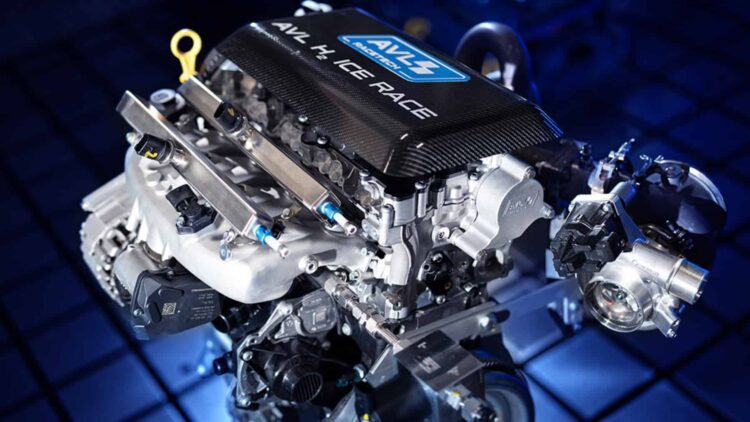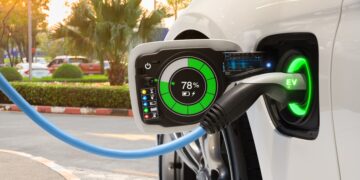The Future of Football Broadcasting: Union Rayo's Bold Vision
The Future of Football Broadcasting: Union Rayo's Bold Vision
Blog Article
Electric Motors and the Future of Energy Efficiency in Manufacturing
In the search for sustainable answers, electric motors are significantly recognized as critical players in the transition to green energy. As the global neighborhood grapples with the effects of environment change and the desperation to cut back carbon footprints, these great Motor Technology are paving the way for solution, more effective power consumption.
The Rise of Electric Motors
Electric motors have existed for many years, but their relevance has surged in new years. The main reason? A collective force towards alternative power options and eco-friendly technologies. These engines, unlike their fossil-fuel-burning competitors, run on electricity, which may be acquired from green energy such as solar, wind, and hydroelectric power. By harnessing such clean energy, electric motors provide a pathway to dramatically cut emissions and lower dependence on polluting power sources.

This shift is not only theoretical. Real-world purposes highlight the capabilities of electric motors in creating more sustainable systems. From running electrical cars (EVs) to operating industrial equipment and household appliances, their flexibility is unmatched. Corporations and customers likewise are start to understand the advantages of decrease energy prices and paid down environmental impact.
Benefits Beyond Efficiency
The advantages of electric motors extend beyond only energy efficiency. They are known for their longevity, requesting small preservation compared to traditional engines. This means decrease functional costs with time and fewer methods used on repairs and upkeep. Such attributes cause them to become very appealing to industries aiming to improve generation while sticking with environmental standards.
Furthermore, electric motors run quietly, lowering noise pollution in metropolitan areas. This is particularly useful in largely populated towns where sound reduction is really as critical as emission control. The quiet function of electric motors in public places transfer, as an example, makes city living more pleasant and less stressful, causing a general higher quality of life.

Paving the Way for Innovations
The integration of electric motors in to modern tools has spurred a trend of innovation. Companies are trading seriously in study and development to boost motor efficiency and adaptability. Breakthroughs in components and design have resulted in lighter, more powerful motors that can be used in a number of applications—from drones and robotics to renewable energy generation.
Furthermore, developments in battery engineering are matching electrical engine development. Greater batteries suggest longer-lasting power for electric motors , creating them a practical selection for much more applications. That synergy between batteries and engines is a crucial factor propelling the growth of the electric car industry, where selection anxiety has been progressively reduced by these scientific strides. Report this page